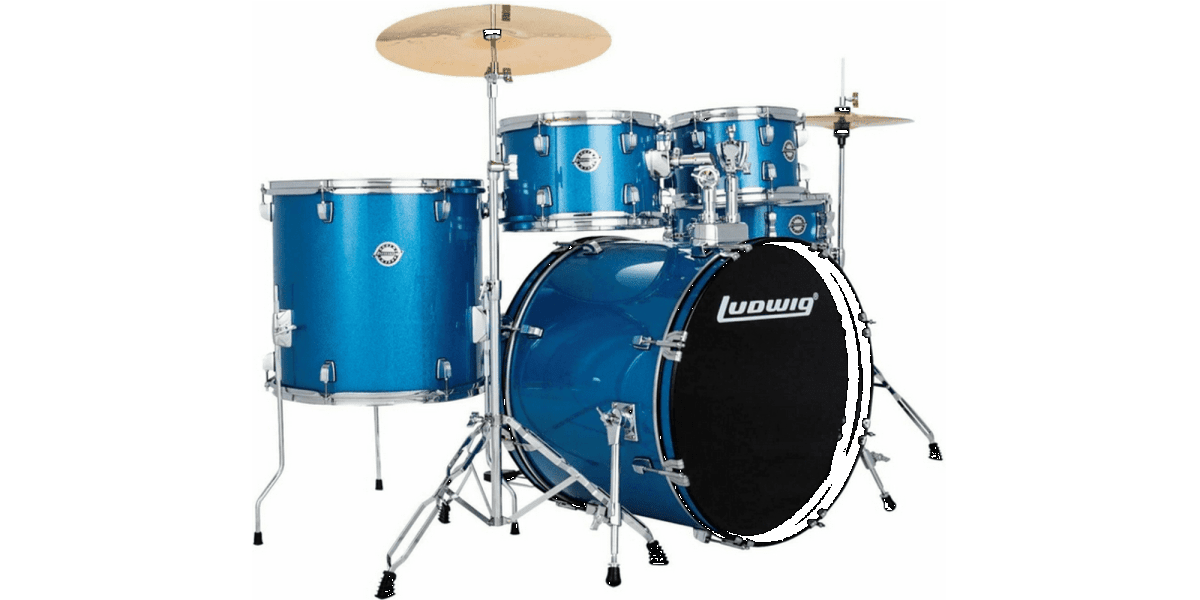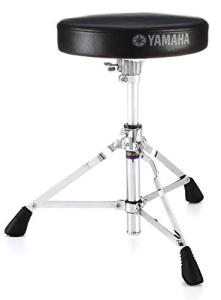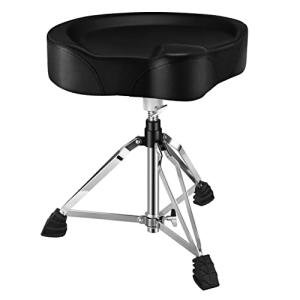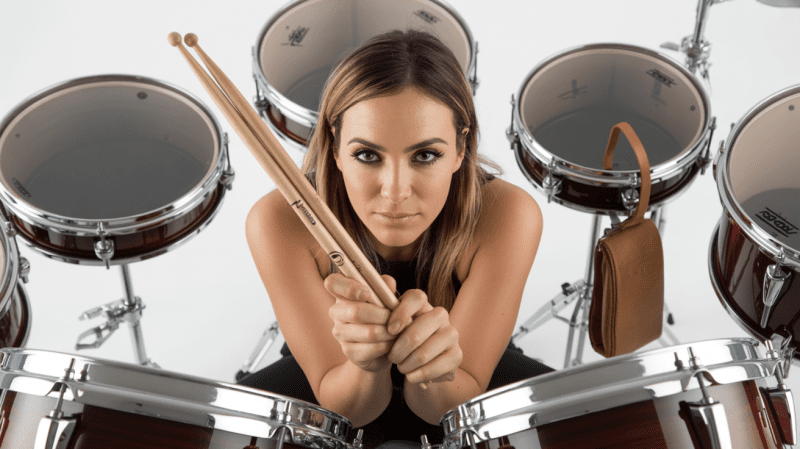Choosing your first drum set is an exciting decision, perfect for beginners. The debate between acoustic and electronic drum sets can be overwhelming. This guide aims to simplify the process by comparing the two types and highlighting key considerations.
Acoustic drums offer a traditional drumming experience with a rich, dynamic sound produced by physical impact. On the other hand, electronic drums offer versatility and volume control, making them ideal for practice, as they can be used with a drum module to produce sound.
Understanding the basics of each will help you make an informed decision. Whether you're seeking the authentic sound of acoustic drums or the flexibility of electronic drums, this comparison will help you choose the perfect drum set for your needs.

Key Takeaways
- Acoustic drums provide a traditional drumming experience with rich, dynamic sound.
- Electronic drums offer versatility and volume control, ideal for practice.
- The main difference lies in sound production: physical impact vs. drum module.
- Consider your drumming goals and preferences when choosing between acoustic and electronic drums.
- Beginners should consider ease of use and maintenance when selecting a drum set.
Understanding Drum Set Basics
Before picking your first drum set, it's key to know the basics. A drum kit consists of drums and cymbals. They work together to make music.
Essential Components of a Drum Kit
A standard drum kit consists of several essential components. You'll find the snare drum, bass drum, tom-toms, hi-hat cymbals, and crash cymbals. The snare drum produces a sharp sound, while the bass drum creates a deep sound. Tom-toms add melody, and cymbals add texture and rhythm.
Skill Level Considerations for Beginners
For beginners, think about the kit's size and complexity. Junior kits are ideal for younger players, as they are designed to be smaller and easier to handle. Adults might prefer full-size kits, but starting simple helps build skills.
How to Choose Your First Drum Set: Acoustic vs. Electronic
Choosing your first drum set is a big decision. You need to know the difference between acoustic and electronic drums. Your musical goals, where you practice, and what you enjoy matter greatly.
Acoustic Drum Sets: Overview and Characteristics
Acoustic drums give a real, dynamic sound and a traditional feel. They have physical drums and cymbals that make sound when hit. A high-quality acoustic drum set offers a rich playing experience. But, they can be loud and need a special place.
Electronic Drum Sets: Features and Benefits
Electronic drums are versatile and quiet. They're great for home practice or shared spaces because you can play with headphones. Electronic drum kits offer a wide range of sounds and rhythms. Some even have training features and tools for recording and playback.
Sound Comparison and Playing Experience
Acoustic drums offer a natural feel and a deep, rich sound. Electronic drums are versatile, allowing you to change sounds and volumes easily. Your choice between an acoustic drum set and an electronic drum kit depends on what you want and need.
For beginners, consider what you want to achieve through drumming. If you want a traditional feel and don't mind the noise, go for acoustic. For quiet practice and flexibility, electronic might be better.
Key Factors to Consider Before Purchasing
Before purchasing your first drum set, consider a few key factors. Choosing the right drum kit is a big deal for any new drummer.
Budget Expectations and Price Ranges
First, determine how much you can afford to spend. Drum kits range from a few hundred to several thousand dollars. Setting a budget helps you focus on what you can afford.
For beginners, spending between $500 and $1,500 is usually sufficient. Remember, you might also need to buy cymbals, drumheads, and hardware.
| Budget Range | Drum Kit Type | Features |
|---|---|---|
| $500-$800 | Entry-Level Electronic | Basic sounds, limited customization |
| $1,000-$2,000 | Mid-Range Acoustic | Improved sound quality, more durable |
| $2,500-$5,000 | High-End Acoustic/Electronic | Professional sound, advanced features |
Available Space Requirements
The amount of space you have is key when choosing between acoustic and electronic drums. Acoustic drums need a lot of room because of their size and need for a resonating area.
Measuring your space and checking the kit's size is crucial for a good fit.
Noise Considerations and Practice Solutions
Consider noise, too, if you live in an apartment or shared space. Electronic drums are quiet, perfect for practice with headphones.
"Electronic drums have revolutionized the way drummers practice, allowing for silent practice sessions that don't disturb others."
Portability and Storage Needs
If you plan to play gigs or take lessons, consider how easily the kit can be moved and stored. Electronic kits are usually easier to carry and store than acoustic ones.
Look at the weight and size of the kit. Also, consider kits with sturdy, protective cases if you'll be moving them frequently.
Evaluating Drum Set Quality for Beginners

Choosing the right drum set as a beginner is important. It's not just an instrument; it's a big part of your musical journey. Knowing what makes a drum set suitable for beginners is key to making an informed choice.
The quality of acoustic drums comes from the materials and hardware. High-quality materials can enhance the sound of the drums.
Acoustic Drums: Shell Materials and Hardware
The shell material of an acoustic drum affects its sound. Materials like maple, birch, and beech each have their own sound. Maple drums have a warm sound, while birch drums are brighter.
Key considerations for shell materials include:
- Durability
- Tonal quality
- Aesthetic appeal
The hardware, such as stands and pedals, should be sturdy and adjustable. This makes setting up the drums easier and more comfortable.
Electronic Drums: Pads, Module Features, and Connectivity
For electronic drums, the pads, sound module, and connectivity are crucial. Good pads feel natural to play, and a strong sound module offers many sounds and tools.
Key features to look for in electronic drums include:
- Pad sensitivity and durability
- Module sound quality and versatility
- Connectivity options for headphones, amplifiers, or recording devices
Cymbals and Cymbal Pads: What to Look For
Cymbals and cymbal pads are key for both acoustic and electronic kits. Acoustic cymbals should have a clear sound, while electronic pads should be responsive.
When selecting cymbals or cymbal pads, consider:
- Material quality
- Sound characteristics
- Durability
Recommended Brands and Models for Beginners
Brands like Yamaha, Ludwig, and Roland are great for beginners. Explore various models from these brands to find the one that best suits your needs.
By considering these factors, beginners can find a drum set that fits their needs. This will help them learn and enjoy music more.
Essential Accessories and Additional Equipment
When starting, drummers need more than just a drum set. They must also get the right accessories and equipment, which improve the drumming experience, sound quality, and comfort.
Must-Have Accessories for New Drummers
New drummers need drumsticks, a drum throne, and a reliable bass drum pedal. Drumsticks vary in size and material, so pick what feels right for you and your music. A comfy drum throne is key for long practice times. A good bass drum pedal boosts your performance.
Maintenance Tools and Requirements
Keeping your drum set in top shape requires basic maintenance tools. You'll need a drum key for tuning, a cleaning cloth to avoid dust and dirt, and other specific tools. Regular care extends the life of your drum set and keeps it sounding great.
Learning Resources and Practice Tools
Improving your drumming takes practice and the right learning resources. Online tutorials, lessons, and tools, such as metronomes, are very helpful. A metronome, for example, helps you keep a steady beat, which is key for timing and rhythm.
| Accessory | Description | Importance Level |
|---|---|---|
| Drumsticks | Varying sizes and materials for different sounds and preferences | High |
| Drum Throne | Comfortable seating for long practice sessions | High |
| Bass Drum Pedal | Impacts performance and overall drumming experience | High |
| Drum Key | Essential for tuning and maintaining the drum set | Medium |
| Metronome | Helps improve timing and rhythm | Medium |
Conclusion
Choosing your first drum set is a big decision. It depends on your musical dreams, where you practice, and what you like. You should think about the differences between acoustic and electronic drum kits and what you need.
Evaluating the features of each type of drum set is crucial. Tips from seasoned drummers can also guide you. Whether you choose acoustic or electronic, the most important thing is to start playing and enjoy the learning process.
This guide has provided you with the information you need to select the right drum set. The right one will help you reach your musical goals and make playing drums more fun.
FAQ
What is the main difference between acoustic and electronic drum sets?
What are the essential components of a drum kit?
How do I choose the right drum set for my needs?
What factors should I consider when evaluating the quality of a drum set?
What are some must-have accessories for new drummers?
How do I maintain my drum set?
What are the benefits of electronic drum sets for beginners?
How do I choose the right cymbals for my drum set?
What are some recommended brands and models for beginner drummers?
How can I improve my drumming skills as a beginner?
DISCLAIMER
This document is provided for general information purposes only and should not be relied upon as providing legal advice, technical, or specific operational guidance to the reader, whether as to the practices described in the document or the applicable legal requirements and regulations. Percussion Pros expressly disclaims any responsibility for liability arising from or related to the use or misuse of any information in this document.




